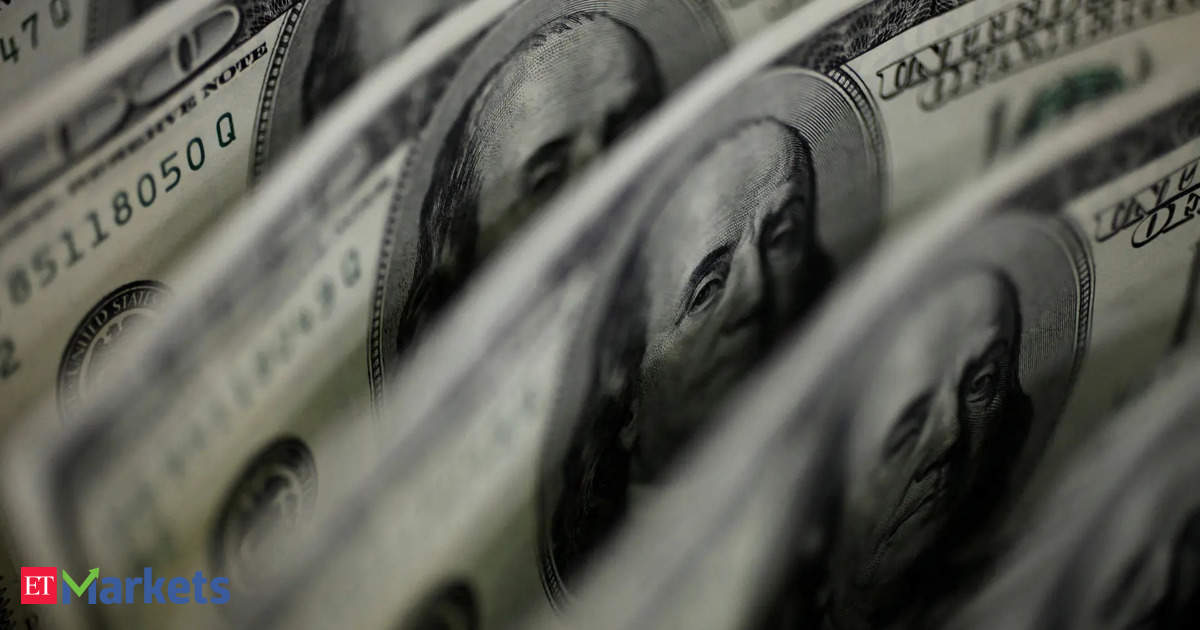In the world of currency trading, the Japanese yen and Swiss franc have emerged as the champions, maintaining their positions near six-month peaks. This surge comes as the U.S. dollar struggles with widespread losses, driven by growing fears of a potential recession linked to President Donald Trump’s extensive tariffs. As financial markets react to these developments, investors are increasingly seeking refuge in traditional safe havens.
Market Reactions to Tariff Announcements
Following a turbulent period, the currency markets appeared somewhat stable during early Asian trading. The dollar had experienced significant fluctuations, particularly in light of escalating trade tensions that have sent global stock markets into a tailspin. After Trump unveiled new tariffs, both China and the European Union retaliated with their proposals for increased tariffs, prompting further threats of additional duties from the U.S.
- Yen performance: The yen was slightly stronger, trading at 147.61 against the dollar, inching closer to its six-month high of 144.82 reached last Friday.
- Swiss franc performance: The franc also remained robust, valued at 0.858 per U.S. dollar, maintaining its position near previous highs.
The Dollar’s Decline Amid Economic Uncertainty
While the U.S. dollar is often viewed as a safe haven, its appeal is waning as uncertainties surrounding tariffs raise concerns about their adverse effects on American economic growth. The euro advanced by 0.38%, reaching $1.0944, while the British pound gained 0.3%, climbing to $1.2765. This indicates a shift as investors reevaluate their strategies in light of the current economic landscape.
Nathan Lim, Chief Investment Officer at Lonsec Investment Solutions, noted, “The volatility we are witnessing stems directly from the policy decisions made by the Trump administration. Should these policies change, we could see a corresponding shift in the financial markets.”
Interest Rates and Future Projections
Investor sentiment suggests that the increasing risk of an economic downturn might prompt the Federal Reserve to consider cutting interest rates potentially as early as May. The dollar index, which tracks the performance of the dollar against six other currencies, fell by 0.3%, reflecting a 1% decline since the announcement of the tariffs.
Fed’s Response to Economic Conditions
Austan Goolsbee, President of the Chicago Federal Reserve Bank, emphasized that while businesses show concern over the tariffs, the Fed will rely on "hard data" to guide their policy decisions. Meanwhile, Kevin Gordon, a senior investment strategist at Charles Schwab, expressed skepticism about the effectiveness of aggressive rate cuts in addressing the current situation, noting the limited room for monetary stimulus amid persistent inflation.
Declining Commodities and Risk-Sensitive Currencies
In recent trading, both the Australian and New Zealand dollars have weakened against their U.S. counterpart. The Australian dollar remained stable at $0.59845, close to a five-year low reached earlier in the week, while the New Zealand dollar dipped 0.2% to $0.5539.
As the situation unfolds, market participants continue to monitor developments closely, hoping for clarity amid the ongoing economic uncertainties.











